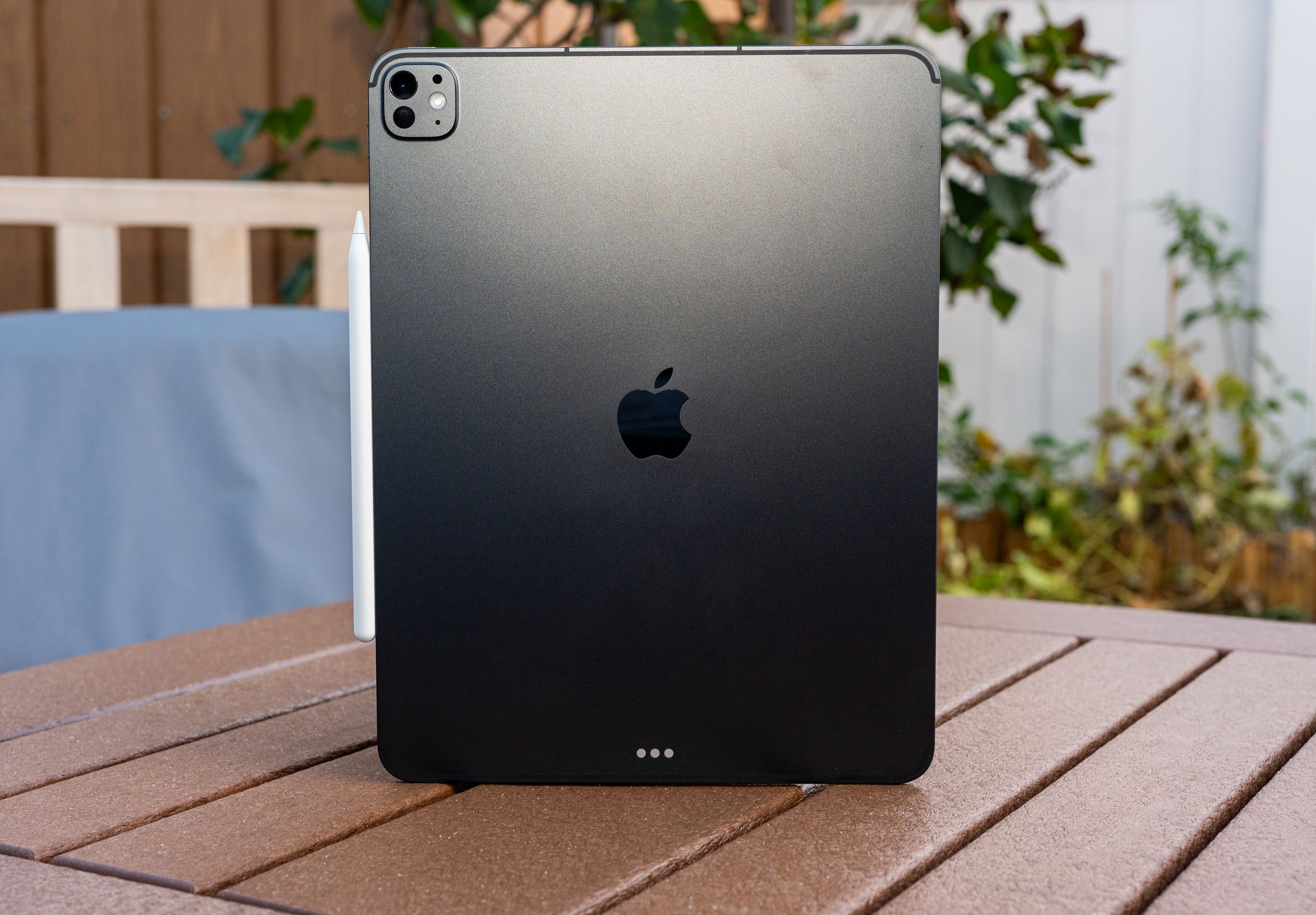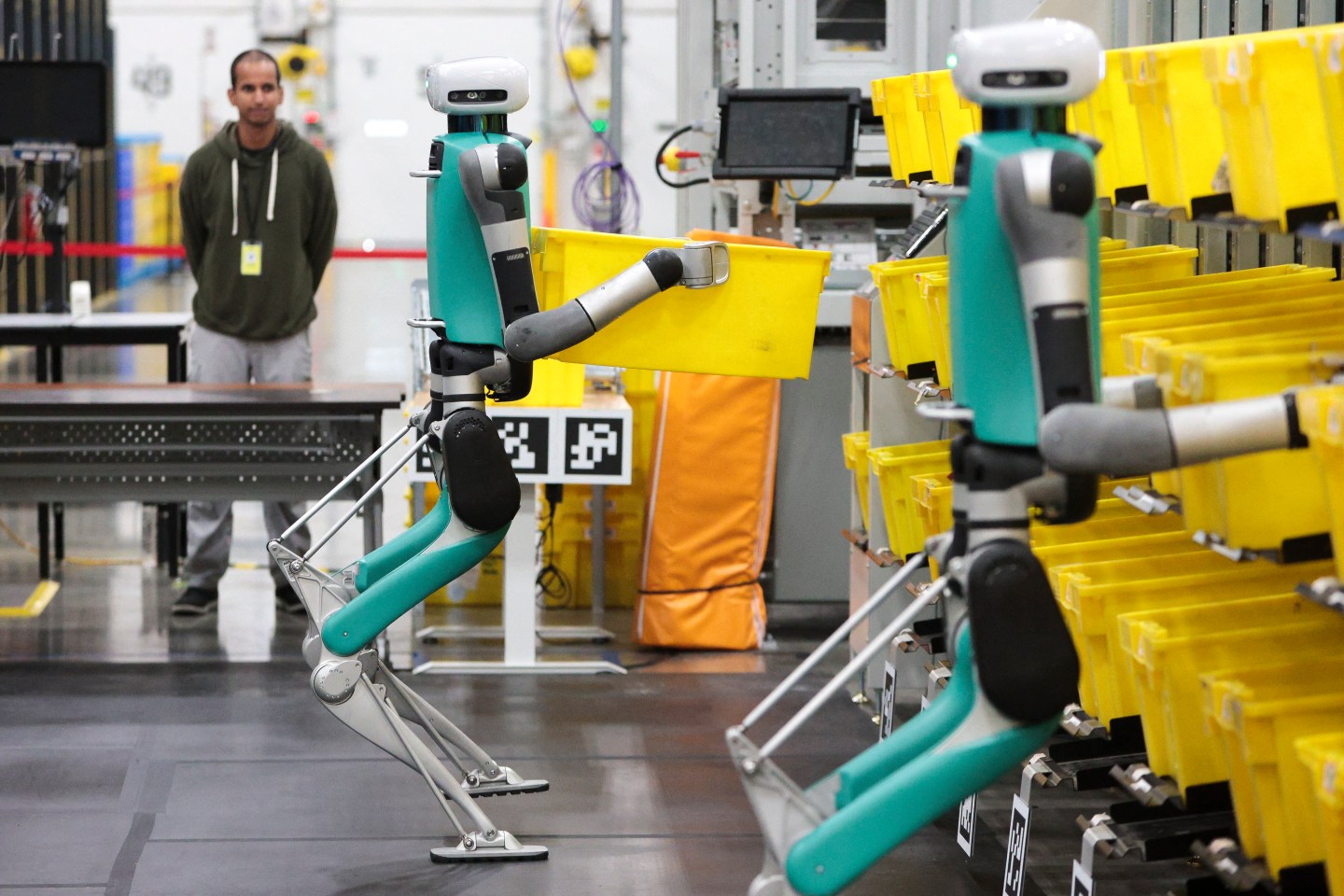The Russian venture capital market grew by 31% in the first half of the year to $46 million due to the increase in the average investment bill to $600,000 (+30% year-on-year), according to the report of the analytical research company Dsight “Venture Eurasia”, which was presented on September 11. The median check was $400,000.
Author:
https://rb.ru/author/strukova/
Subscribe to RB.RU on Telegram
“Capital is returning to the market; six new investment funds and platforms appeared in the first half of the year, and private investors chose initial assets,” said Dsight.
- The statistics do not take into account the deal with esports club True Gamers, which raised $45 million for development in Saudi Arabia from Saudi businessman Nawaf Albishri.
70% of the investment volume was attracted by startups at early and late stages (Series A+). The activity of retail investors was highlighted due to the emergence of alternative venture instruments (DFA, syndicates, crowdinvesting), and a boom in pre-IPOs and IPOs was observed. In January-June, neural networks and AI became popular among investors, and startups Fabula AI, MAIA, Dialext, NeuroArt, mymeet.ai, Presentsimple.ai, according to the report presentation, launched rounds.

Dsight believes that the de facto investment volume was much higher, as a significant number of transactions remained undisclosed due to the risk of sanctions. This is evidenced by the 6% decrease in the number of risky transactions in the first half of the year.
As Pavel Okhonin, a partner at the Kama Flow investment company, explained during the presentation of the report, the average transaction size has increased due to the activity of investment platforms, brokers and management companies that unite small private investors into a single group.
Private investors are more flexible than funds, they actively use new centralized investment tools and want to receive a return on investment quickly, says Dsight.
These tools are:
- Crowdinvesting and crowdlending on the Brainbox, Rounds, Zorko, Jetlend, Zapusk.Tech platforms;
- Venture DFA (for the first time, Voskhod Fund with its partners Atomize and Rosbank launched the DFA of the startup Qummy);
- Syndicated deals coupled with “risk education” programs that allow retail investors, along with a principal investor, to enter into a small check deal and diversify risk.
As noted by Dsight, 45% of transactions and 48% of the total investment volume in the first half of the year were made by private investors, who often invest at early stages. Business angels also provided the largest amount of investment in late-stage startups. Private investors are diversifying their portfolio by investing small checks (on average about $0.3 million) in very young projects and large checks (about $1.9 million) in mature and understandable companies, the company’s analysts estimate.
“High risks contribute to the concentration of deals in the early stages and within angel clubs. Since 2022, the private investor has become a prominent player in the venture, IPO and pre-IPO markets, which also stimulates experiments with tools such as digital investment funds and crowdfunding,” said Anton Ustimenko, Partner at B1.
Dsight co-founder, technology and investment markets analyst Arseny Dabbakh predicted that by the end of 2024 there will be a 30% increase in investment in Russia.
“AI B2B projects and startups in healthcare, energy, logistics and security will be popular and will drive the market,” Dabbagh said.

Anton Ustimenko believes that next year we will see a continuation of the trend towards active participation of private and state investors in the venture capital market against the background of slight market growth.
According to Dsight’s forecasts, by 2025 the trend of mergers and acquisitions is expected to slow down and move away from the mass purchase of startups to the cultivation of young new companies. An increase in support measures for startups, including subsidies, tax and credit benefits, and IPO incentives, will also be possible.
Author:
Ekaterina Strukova
Source: RB
I am a professional journalist and content creator with extensive experience writing for news websites. I currently work as an author at Gadget Onus, where I specialize in covering hot news topics. My written pieces have been published on some of the biggest media outlets around the world, including The Guardian and BBC News.










